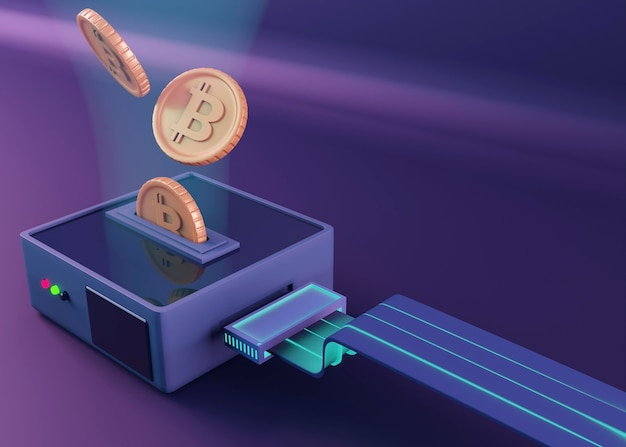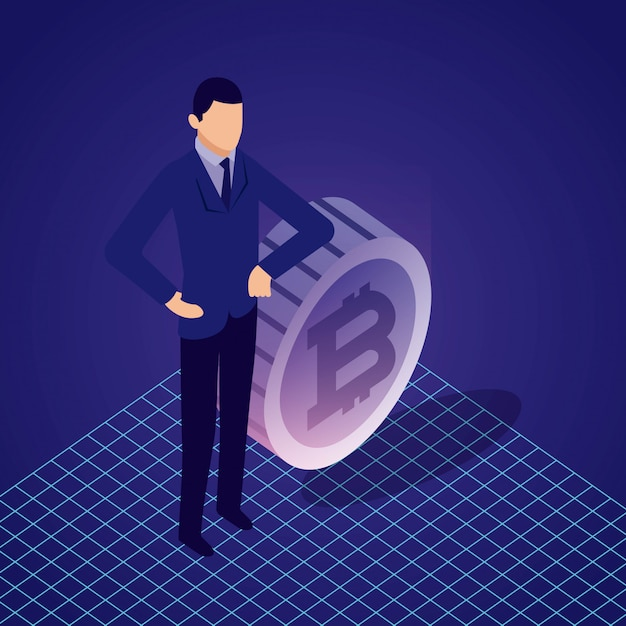
The financial world is built on trust, yet settlement delays have long been a source of inefficiency, counterparty risk, and capital lock-up. Markets operate at lightning speed, but traditional financial systems still rely on legacy infrastructures that can take days to finalize transactions.
Blockchain technology is rewriting this narrative, introducing near-instant settlement with finality that is revolutionizing cross-border payments, securities trading, and interbank transactions.
The Bottlenecks of Traditional Settlement Systems
Financial markets rely on settlement systems that have remained largely unchanged for decades. In equity markets, transactions are subject to a T+2 settlement cycle, meaning trades executed today are finalized two business days later. Cross-border payments, on the other hand, depend on networks like SWIFT, which involves multiple correspondent banks, adding friction, costs, and delays.
The major inefficiencies include:
- Counterparty Risk:Extended settlement periods expose buyers and sellers to the risk of one party failing to meet obligations.
- Liquidity Constraints:Funds remain locked until settlement, restricting capital deployment.
- Operational Costs:Manual reconciliation, compliance checks, and third-party verifications inflate transaction costs.
| Did You Know: The Bank for International Settlements (BIS) reports that trillions of dollars are locked in transit daily, with inefficiencies leading to losses from failed trades, fraud, and reconciliation errors? The cost of maintaining these legacy infrastructures is staggering, with financial institutions spending over $15 billion annually on post-trade processing. |
Blockchain: Instant Settlement with Finality
Blockchain technology eliminates intermediaries and automates settlement through decentralized consensus mechanisms. Transactions settle in real-time or within seconds, significantly reducing counterparty risk and operational overhead.
Finality, a core principle of blockchain-based settlement, ensures that once a transaction is validated, it cannot be reversed, removing uncertainty from the process.
The shift toward blockchain is driven by several innovations:
- Tokenization of Assets
Traditional securities require extensive clearinghouse processes. With blockchain, assets like stocks, bonds, and real estate can be tokenized—represented as digital tokens on distributed ledgers—allowing near-instant trading and settlement.
- Smart Contracts for Automated Compliance
Smart contracts execute pre-programmed settlement conditions without human intervention. This eliminates the need for reconciliation between multiple parties. JPMorgan’s Onyx platform and Goldman Sachs’ GS DAP leverage smart contracts for repo transactions and cross-border settlements, reducing transaction times from days to minutes.

- Decentralized Finance (DeFi) and Instant Liquidity
Decentralized finance protocols enable direct peer-to-peer settlement without banks acting as intermediaries. Stablecoins like USDC and USDT facilitate instant cross-border payments, while DeFi lending platforms allow users to collateralize and trade digital assets in real time, avoiding the bottlenecks of traditional banking systems.
Comparing Traditional vs. Blockchain-Based Settlement Systems
| Feature | Traditional Settlement (T+2, SWIFT, etc.) | Blockchain-Based Settlement |
| Speed | 1-3 days | Near-instant |
| Counterparty Risk | High | Low |
| Costs | Expensive (due to intermediaries) | Reduced (fewer third parties) |
| Transparency | Limited | High (real-time tracking) |
| Liquidity Efficiency | Restricted until settlement | Immediate availability |
The Role of Central Bank Digital Currencies (CBDCs)
Central banks are accelerating blockchain adoption through CBDCs, which promise seamless, 24/7 real-time settlements. China’s digital yuan (e-CNY) is already operational, with over $250 billion in transactions, while the U.S., UK, and EU are exploring CBDCs to modernize payments. By integrating blockchain with central banking systems, governments can reduce reliance on legacy financial rails, improving efficiency and security.
Challenges and Future Outlook
Despite its advantages, blockchain adoption in financial settlements faces hurdles:
- Regulatory Uncertainty:Governments must establish clear frameworks for digital asset settlements.
- Scalability Issues:Public blockchains like Ethereum struggle with congestion, though layer-2 solutions and private DLT networks address these concerns.
- Institutional Resistance:Established financial players may resist disruption due to existing revenue models tied to intermediaries.
However, the trajectory is clear: by 2030, blockchain-powered settlements are expected to dominate global finance, with major institutions leveraging tokenized assets and DLT to streamline operations.
Transform Your Investment Strategy with Blockchain
For investors, the transition to blockchain-based finance represents an unprecedented opportunity. As traditional banking models give way to decentralized infrastructure, those positioned early stand to benefit from enhanced liquidity, reduced costs, and faster transactions.
Kenson Investments stays ahead of market shifts, ensuring clients capitalize on the most advanced financial technologies. Explore blockchain’s impact on global finance—because the future of settlement is already here.
Speak to an expert at our digital asset strategy consulting firm to get started.














